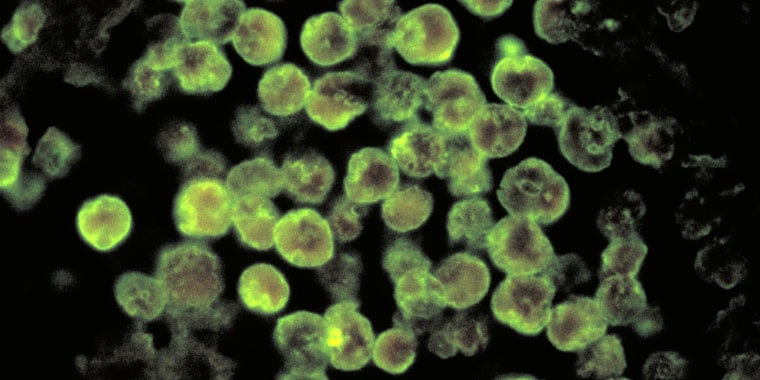Summer is here, and though the coronavirus is still prevalent in much of the country, people continue to crowd beaches and lakes. While the virus is of main concern, health officials in Florida have diagnosed a rare case of Naegleria fowleri, a single-celled amoeba that can cause a rare, typically fatal, brain infection.
The diagnosis was made in Hillsborough County, a large county including the city of Tampa on the Gulf Coast of Florida, and announced by the state's health department on July 3, 2020. Since 1962, only 37 other cases of the infection have been confirmed within the state.
According to the Centers for Disease Control and Prevention (CDC), only 34 cases were reported in the United States between 2009 and 2018. Since 1962, there have been 145 cases and only four people have survived contracting the amoeba. Most recently people have become infected by recreational water; three recent cases involved performing nasal irrigation with contaminated tap water.
No information about the person infected or their current status has been publicly shared. The Florida Department of Health declined to comment on this story, citing privacy laws.
What is an amoeba?
The amoeba, sometimes referred to as the "brain-eating amoeba," is commonly found in warm freshwater areas, such as lakes, rivers, ponds and canals during summer months, peaking in July, according to the CDC. It can also be found in pipes, hot water heaters, and water systems or, in rare cases, poorly maintained swimming pools. In the U.S., infections are more likely to occur in the South.
For a person to become infected by the amoeba, contaminated water must enter the body through the nose. The amoeba cannot be spread from person to person or through drinking water, and is not found in salt water.
How does infection occur?
When water containing the amoeba enters a person's nose, it travels to the brain, where it causes primary amebic meningoencephalitis (PAM), which destroys brain tissue.
According to the CDC, initial symptoms of PAM begin to show within nine days of infection. Early symptoms may resemble bacterial meningitis and include headache, fever, nausea or vomiting. Later symptoms can include stiff neck, confusion, lack of attention to people and surroundings, loss of balance, seizures and hallucinations. The disease progresses rapidly after symptoms begin showing, usually causing death within five days due to the destruction of brain tissue.
Though the risk of infection is low, to avoid contracting the amoeba and related infection, the CDC advises not swimming in warm bodies of fresh water. People should also limit the amount of water going up their nose.

